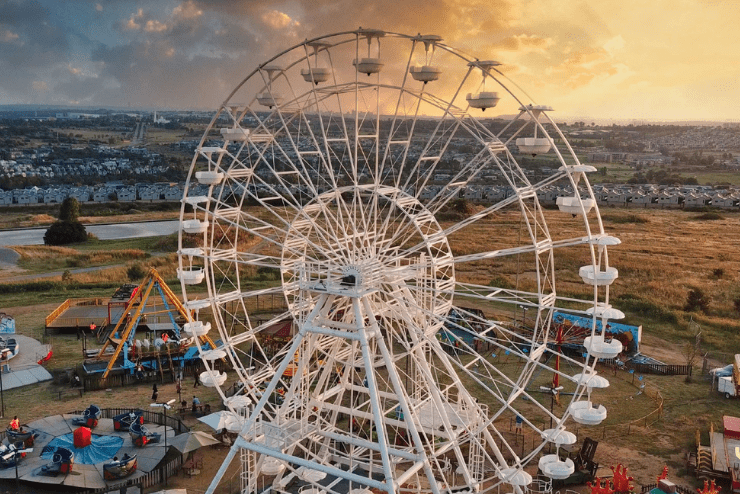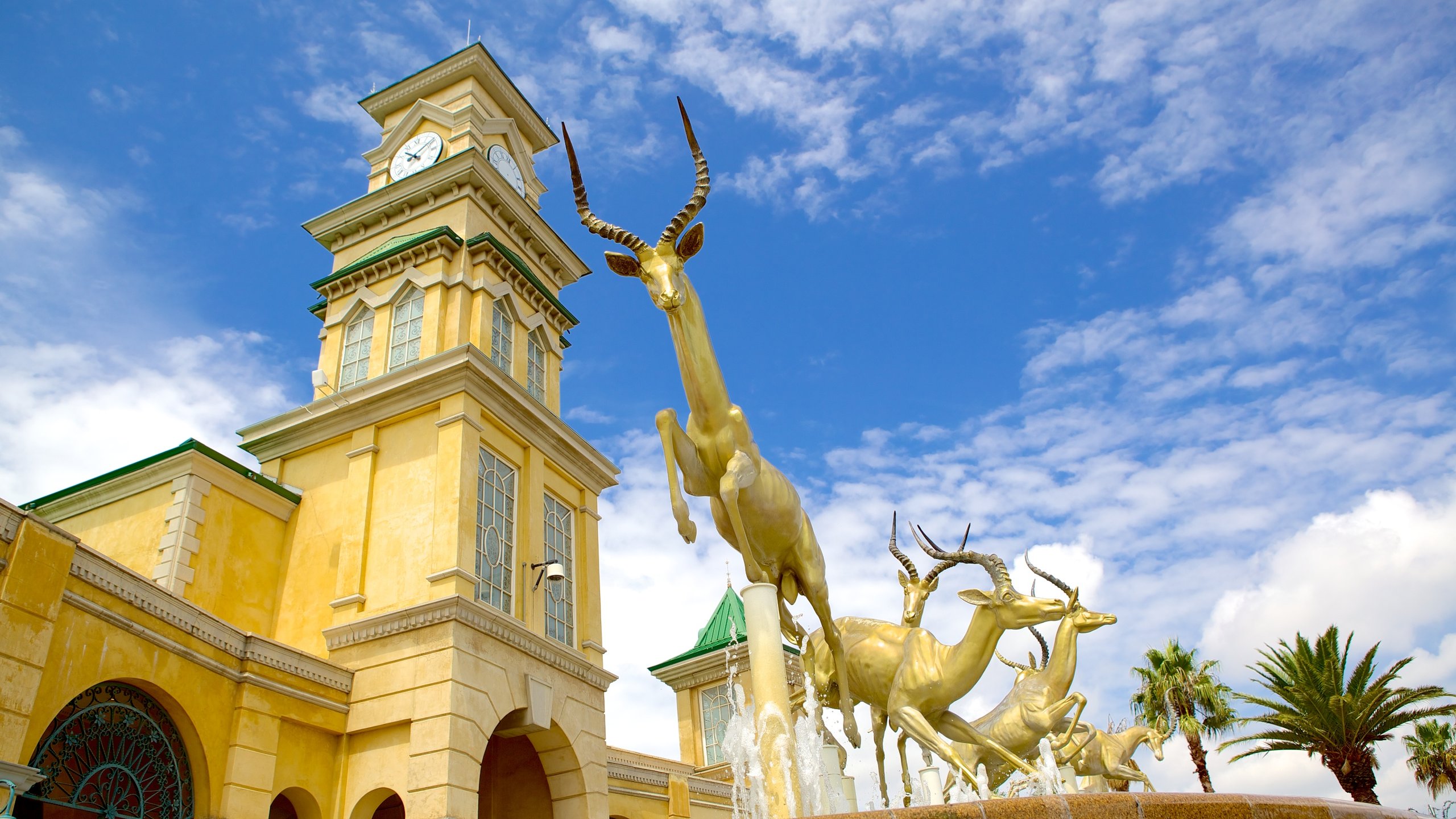Getting The Johannesburg North Attractions To Work
Table of ContentsHow Johannesburg North Attractions can Save You Time, Stress, and Money.Excitement About Johannesburg North AttractionsThe Only Guide for Johannesburg North AttractionsA Biased View of Johannesburg North AttractionsThe Ultimate Guide To Johannesburg North AttractionsNot known Facts About Johannesburg North Attractions
Soon before Christmas 1898, a boilermaker from Lancashire, Thomas Edgar, came to be embroiled in an inebriated quarrel with an uitlander neighbor. While resisting apprehension, Edgar was shot dead by a Z. A. R. cop. The policeman was charged with murder yet the prosecutor decreased the cost to murder and launched the implicated on bail.. R. Johannesburg North attractions. In an effort to restrain the circumstance, Smuts sought to strike a manage the mining firms. The sharp Cambridge-trained attorney welcomed Percy FitzPatrick (who was to acquire popularity as the author of Jock of the Bushveld, released in 1907) to serve as the primary mediator for the mining homes
A. R. loomed. Johannesburg, c. 1900 (www.geheugenvannederland.nl) When Johannesburg was started in 1886, public education and learning in the Z. A. R. was controlled by the Education Law of 1882. The earlier Education Law of 1874 had actually offered that federal government schools in the Z. A. R. (just a handful of such institutions was in existence) were to be non-denominational which direction was to be in Dutch or English, at the will of parents.
In 1886, Pope Leo XIII made up the Transvaal an independent prefecture under the territory of the Rt Revd Odilon Monginoux of the Oblates of Mary Spotless, who was the first Prefect Apostolic of the Transvaal. On 20 July 1886, Fr John de Lacy O. M. I. went to the Rand. He related to the government for a piece of land large enough to accommodate a church, a college and residences for the teachers.
The Definitive Guide for Johannesburg North Attractions
The institution moved to Doornfontein in 1895, and ended up being known as the East End Convent. In 1905, the Holy Household sis also started Parktown Convent School (currently Holy Family University). On 2 November 1887, Miss Frances Buckland started teaching in a residence on the edge of Jeppe and Rissik streets.
On the other hand, on 11 June 1887, the Revd John Thomas Darragh, the very first Anglican clergyman to be pointed on the Rand, had actually arrived from Kimberley. A massive tome on the history of Christianity in Africa observes briefly: 'The Anglican neighborhood at Kimberley was fortunate to have as its leader J. T.
He had won a scholarship to The Royal Institution, Armagh, whence he had risen to Trinity College, Dublin, as a Foundation Scholar. Below he had actually differentiated himself, being Classic Hebrew and Divinity Prizeman, and had ended up being an Other of Trinity University. He was ordained in 1880, and became curate of All Saints, Grangegorman, County Dublin.

He was an energised and resourceful guy that quickly dove himself heart and soul into the life of the burgeoning and busy mining area. It was not only the Anglican who acquired advantage, for Darragh worked unstintingly amongst all markets of the town. For example, the tiny neighborhood of Greek Orthodox inhabitants in Johannesburg had no archimandrite, and so approached Darragh to execute marriage and more baptismal rites.
Fascination About Johannesburg North Attractions
(www.eggsa.org) Around the exact same time, the Revd Mr Darragh brought into existence St Mary's School for Boys, which was established up as a choir school for St Mary's Church. The origins of St John's University can be mapped back to this institution. The very first headmaster of St Mary's School for Boys was Mr F.
The institution was inspected by the Z. A. R - Johannesburg North attractions. education and learning authorities at the end of 1888. The evaluation was passed with flying colours, specifically in regard of the requirement concerning the training of Dutch, as an outcome of which the institution received a 'very liberal grant' from the state
Some Of Johannesburg North Attractions
Marist Brothers' College acquired such an excellent credibility that some officials of the staunchly Protestant Z. A. R. government enrolled their boys as pupils at this Catholic college. In 1896, the college's cricket club was connected to the Transvaal Cricket Union. By 1897, Marist Brothers' had 500 students, and a neighbor lodged a grievance with the Superintendent of Education regarding 'extreme' playground noise throughout the lunch period! During the Anglo-Boer South African Battle (1899-1902), the institution's enrolment dropped, yet by 1905 numbers were back to 500 and the institution was promoting the reality that it had 'ample stabling for students' steeds'.
In 1892, the Superintendent of Education, Dr N. Mansvelt, put together a record in which he specified that some instructors in the Transvaal might not lead to words 'Pretoria' and 'Potchefstroom', and did not recognize the difference between a noun and an adjective. In the same year, the Education Legislation was amended to offer that all educators in institutions receiving government subsidies had to be members of a Protestant church; colleges also might not receive subsidies in regard of Jewish and Catholic pupils.

Getting The Johannesburg North Attractions To Work
On 7 March and 9 April 1892, the Revd Mr Darragh corresponded to the State Assistant, Dr W. J. Leyds, in which he mentioned that the previous Superintendent of Education and learning, Ds S. J. du Toit, had undertaken in 1888 that English-medium colleges such as St Mary's and St Michael's that also offered instruction in Dutch would certainly get state aids.
The W. C. E.'s objects were to advertise primary education 'fit to all citizenships and creeds' and to respond to the exclusive use of Dutch as tool of instruction in state-supported colleges. By the end of 1896, the W. C. E. had obtained possession of 3 colleges, and had actually presumed control of and monetary duty linked here for 3 other schools.
St Cyprian's was originally given a state aid, however this was cancelled when a federal government examination disclosed that the institution had many coloured and 'indigenous' children among its pupils, sharing workdesks with white kids. In spite of the withdrawal of the subsidy, the college handled to survive.
After the Battle, it was resumed and run by Sisters Get More Info of the Culture of St Margaret (colloquially called the East Grinstead Sis, with referral to their convent in East Grinstead, Sussex). Unflinching by the contretemps with the authorities about St Cyprian's and its aid, Darragh started Perseverance College in November 1891.
